A Traveler's Guide to Best Places to Visit in Kaziranga
Kaziranga National Park is a special place in Assam, which is in the northeast part of India. It’s so important that it has been recognized by UNESCO, which is a group that helps protect places around the world. Kaziranga is famous for having a lot of Indian one-horned rhinoceroses, more than anywhere else! It also has many different plants and animals that make it a great spot for people who love nature. If you love animals, taking pictures, or just want to relax, going to Kaziranga is a great idea! This place has exciting jeep rides, peaceful elephant rides, amazing views, and fun local culture. This article will help you find the best places to visit in Kaziranga that you really shouldn’t miss. Get ready to explore all the awesome things Kaziranga has to offer!
Book here Kaziranga Tour Packages.
Here are the best places to visit in Kaziranga
1. Kaziranga National Park
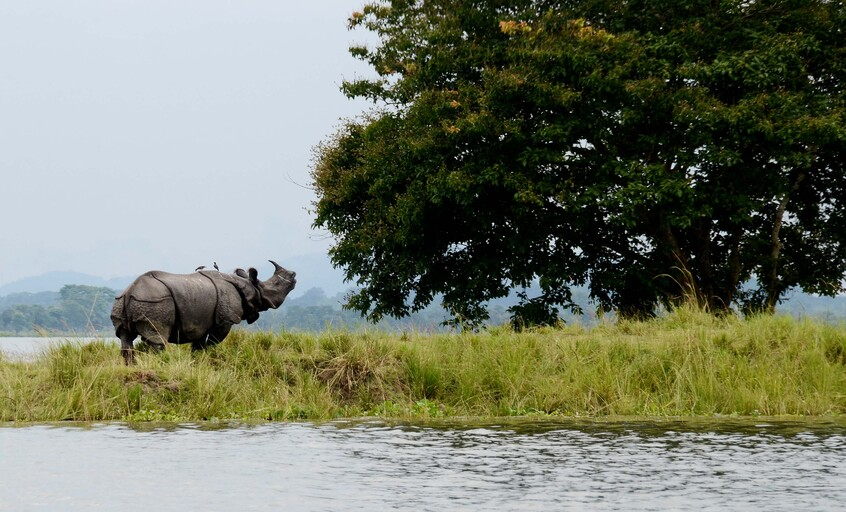
The main attraction, Kaziranga National Park, is home to the largest population of the Indian rhinoceros. Covering over 430 square kilometres of grassland, wetlands, and dense forests, it boasts a diverse ecosystem. Visitors can enjoy jeep safaris and elephant rides that provide an immersive wildlife experience while offering sightings of tigers, elephants, wild water buffalo, and a variety of bird species.
2. Kaziranga Orchid Park

Located near the western entrance of the park, Kaziranga Orchid Park is a haven for flower enthusiasts. Home to over 500 species of orchids, this park also features a butterfly park and a small zoo. Visitors can take leisurely walks to admire the colourful blooms while learning about the various orchid species and their significance in the local culture.
3. Numaligarh Tea Estate
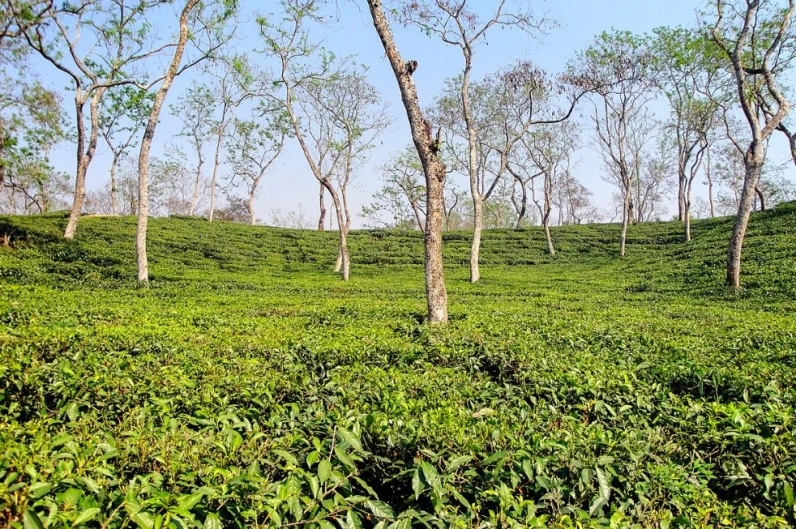
A visit to Kaziranga wouldn’t be complete without experiencing the rich tea culture of Assam. The Numaligarh Tea Estate is one of the finest places to learn about tea processing and sampling some of the best Assamese tea. The estate’s scenic surroundings make it an ideal spot for a relaxing afternoon amidst the lush greenery.
4. Bokakhat

Just outside Kaziranga, Bokakhat serves as a gateway for visits to the park and features its own attractions. The serene environment is perfect for those looking to escape the hustle and bustle. Visitors can explore local markets, view traditional Assamese architecture, and enjoy glimpses of local wildlife in more rural settings.
5. Mikir Hills

A little off the beaten path, the Mikir Hills offer stunning panoramic views and are great for trekking enthusiasts. The hills are home to indigenous tribes and provide insights into local cultures, traditions, and lifestyles. The lush landscapes and diverse flora and fauna make it a rewarding adventure for nature lovers.
6. Kohora Range
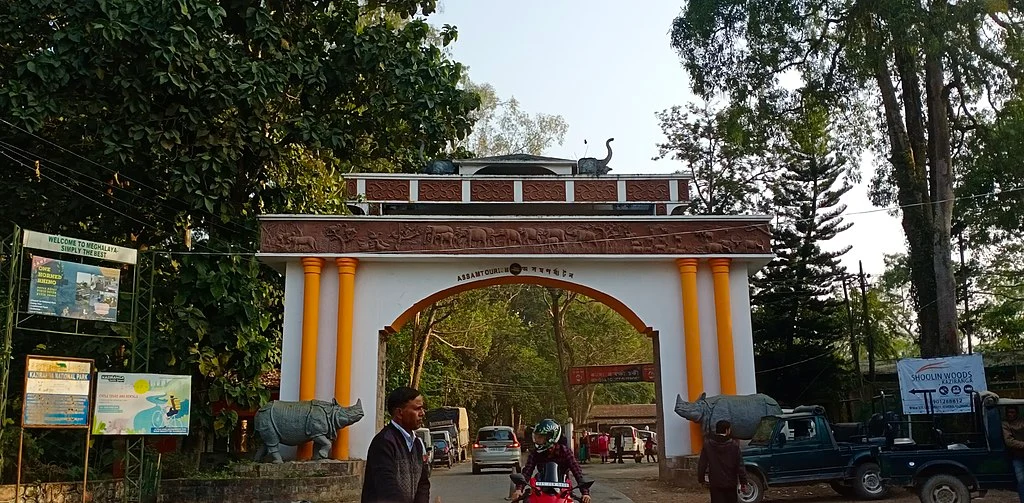
The Kohora Range is one of the most accessible areas of Kaziranga National Park, allowing for easier wildlife viewing. This region is particularly known for its high density of the Indian rhinoceros and offers jeep safaris that increase the chances of sighting other wildlife like swamp deer and elephants. The area is also perfect for birdwatching enthusiasts, with many migratory and native bird species present.
7. Agoratoli Range

For those looking for a more tranquil experience, the Agoratoli Range is perfect. This lesser-known area of Kaziranga offers serene landscapes and fewer tourists, making wildlife sightings more picturesque. You can embark on jeep safaris and immerse yourself in the natural beauty while spotting various bird species, swamp deer, and the elusive tiger.
8. Panbari Reserve Forest

The Panbari Reserve Forest is a significant ecological zone located in Assam, India, known for its rich biodiversity and unique ecosystem. Spanning over 16 square kilometres, the reserve is home to a variety of flora and fauna, including several endangered species such as the Assam roofed turtle and the hoolock gibbon. This forest plays a crucial role in maintaining the ecological balance of the region, acting as a crucial habitat for wildlife and helping to prevent soil erosion. Additionally, the Panbari Reserve Forest serves as a vital area for conservation efforts and scientific research, making it indispensable for both environmental sustainability and community livelihoods. Its lush greenery and tranquillity also attract eco-tourism, promoting awareness and appreciation of nature.
9. Brahmaputra River
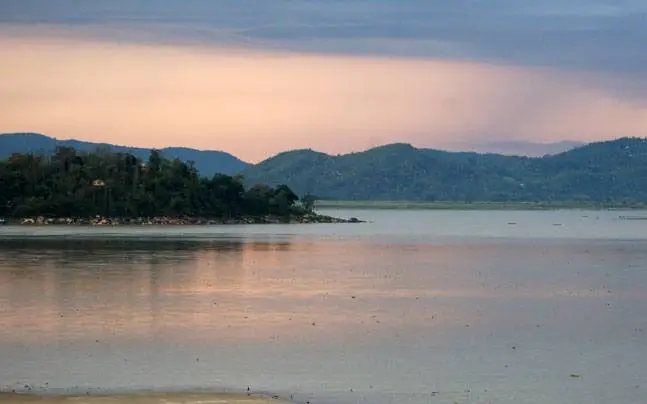
The Brahmaputra River, one of the major rivers in the world, flows majestically through Kaziranga National Park in Assam, India, offering a breathtaking natural experience. This unique region is not only renowned for its rich biodiversity, including the famed one-horned rhinoceros but also the stunning landscapes shaped by the river. Visitors to this enchanting destination can engage in river cruises, spot various species of birds, and immerse themselves in the lush greenery surrounding the waterway. The Brahmaputra’s tranquil waters provide a perfect backdrop for photography and wildlife observation, making it a must-visit for nature enthusiasts and travellers seeking an unforgettable connection with the pristine environment.
10. Gibbon Wildlife Sanctuary
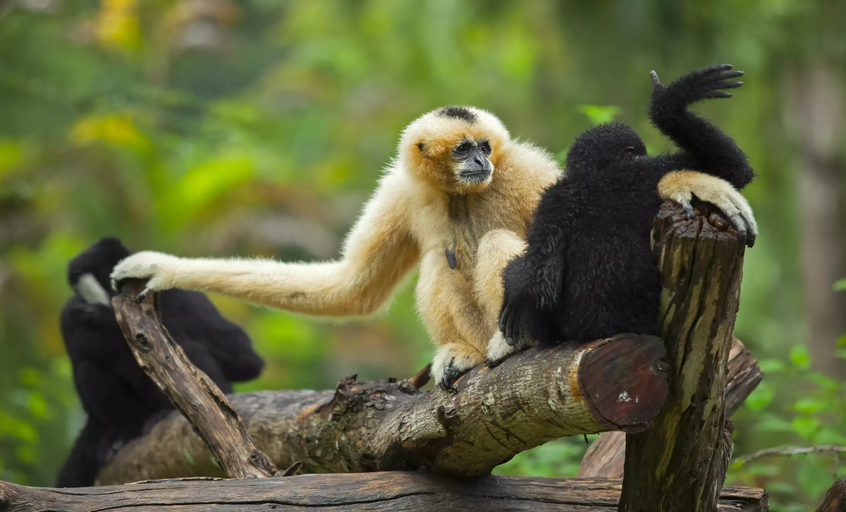
The Gibbon Wildlife Sanctuary is a protected area located in India, specifically designed to conserve and rehabilitate the endangered hoolock gibbons, a species native to the region. Spanning over 36 square kilometres of lush rainforests, the sanctuary serves as a critical habitat not only for gibbons but also for a diverse range of flora and fauna, including various primates, birds, and deer. Established in 1997, the sanctuary plays a vital role in research, education, and conservation efforts, raising awareness about the importance of biodiversity and the need to protect these unique ecosystems. Visitors to the Gibbon Wildlife Sanctuary can engage in eco-tourism activities, including guided treks and wildlife observation, contributing to local conservation initiatives while experiencing the beauty of nature firsthand.
11. Deopahar Archaeological Site

The Deopahar Archaeological Site, located in the northeastern state of Assam, India, is an exceptional historical landmark that offers valuable insights into the region’s ancient civilization. Dating back to the early centuries of the Common Era, this site is renowned for its well-preserved ruins, which include stupa remnants, numerous stone sculptures, and inscriptions that reflect the cultural and religious practices of the time. Deopahar is considered a significant centre of Buddhist learning and spirituality, drawing scholars and visitors alike who are eager to explore its rich heritage. The site’s intricate carvings and architectural design not only showcase the artistic talents of the period but also provide evidence of the interactions between different cultures and the spread of Buddhism throughout the region. Today, Deopahar stands as a testament to the historical legacy of Assam, making it a vital area for research and preservation of India’s ancient past.
12. Kakochang Waterfalls
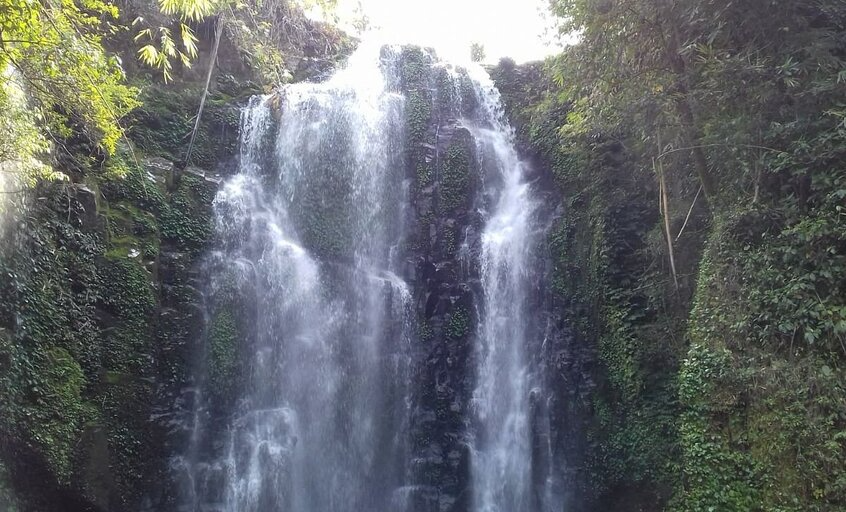
Kakochang Waterfalls, located in the picturesque region of Assam, India, is a breathtaking natural wonder that draws visitors with its lush green surroundings and cascading waters. Nestled within the serene landscapes of Bokakhat near Kaziranga National Park, this stunning waterfall offers a peaceful retreat for nature lovers and adventure seekers alike. The sound of water crashing against the rocks creates a soothing ambience, while the vibrant flora and fauna surrounding the falls provide a perfect backdrop for photography and exploration. With its relatively untamed beauty and relatively lesser-known status, Kakochang Waterfalls is a hidden gem, inviting travellers to experience the tranquillity and splendour of northeastern India.
13. Kaliabor Town

Kaliabor Town, located in the northeastern part of India in the state of Assam, is a vibrant and culturally rich town known for its picturesque landscapes and historic significance. Nestled along the banks of the Brahmaputra River, it serves as a hub for trade and commerce while retaining its traditional Assamese charm. The town is characterized by its lush tea gardens, rural beauty, and the diverse communities that inhabit the region. Kaliabor is also home to several ancient temples and landmarks that reflect its deep-rooted cultural heritage, making it a captivating destination for both travellers and historians alike. With its warm hospitality and serene environment, Kaliabor Town is a testament to Assam’s rich cultural tapestry.
Conclusion
In conclusion, the best places to visit in Kaziranga offer a perfect blend of natural beauty and wildlife experiences. From the iconic Kaziranga National Park to the enchanting Kakochang Waterfalls, there is something for everyone to enjoy. Whether you are a nature enthusiast, an adventure seeker, or simply looking for a peaceful getaway, Kaziranga has it all. The national park provides a rare opportunity to spot the majestic one-horned rhinoceros, along with a plethora of other exotic animal and bird species. To make the most of your trip to Kaziranga, be sure to plan your visit during the peak wildlife viewing season and avail the services of experienced guides who can enhance your safari experience. Additionally, remember to respect the environment and wildlife by following all park rules and regulations.
Here you can also check our Kaziranga Tour Packages.
People also ask about Best places to visit in Kaziranga
1. What is Kaziranga National Park famous for?
Kaziranga National Park is renowned for its population of the endangered one-horned rhinoceros, as well as being a UNESCO World Heritage Site. It also boasts diverse wildlife including tigers, elephants, wild buffaloes, and several bird species.
2. Which are the top zones to explore within Kaziranga National Park?
The park is divided into several zones, each offering unique wildlife experiences:
- Central Zone (Kohora): Ideal for spotting the one-horned rhino.
- Western Zone (Bagori): Famous for bird-watching and wildlife sightings.
- Eastern Zone (Agaratoli): Known for its scenic landscapes and bird species.
- Burapahar Zone: Best for trekking and hiking opportunities.
3. When is the best time to visit Kaziranga National Park?
The best time to visit is from November to April, when the park is open, and wildlife sightings are more frequent due to favourable weather conditions.
4. Can I take a safari in Kaziranga?
Yes, the park offers jeep safaris and elephant safaris. Jeep safaris are available in all zones, while elephant safaris are primarily available in the Central and Western zones.
5. Are there any cultural attractions near Kaziranga?
The Kaziranga National Orchid and Biodiversity Park offers cultural performances showcasing traditional Assamese music, dance, and crafts.
6. What accommodations are available near Kaziranga?
There is a range of accommodations, from luxury resorts to eco-lodges and budget guesthouses, particularly near the Central Zone (Kohora) area.
7. Are there any adventure activities to do in Kaziranga besides safaris?
Besides safaris, you can enjoy bird watching, trekking in the Burapahar range, and boat rides on the Brahmaputra River for a different perspective on wildlife.
8. Is it safe to visit Kaziranga National Park?
Yes, Kaziranga is generally safe for tourists, with regulated safaris and guided tours ensuring safety for visitors. However, always follow park rules and guidelines for a safe experience.
